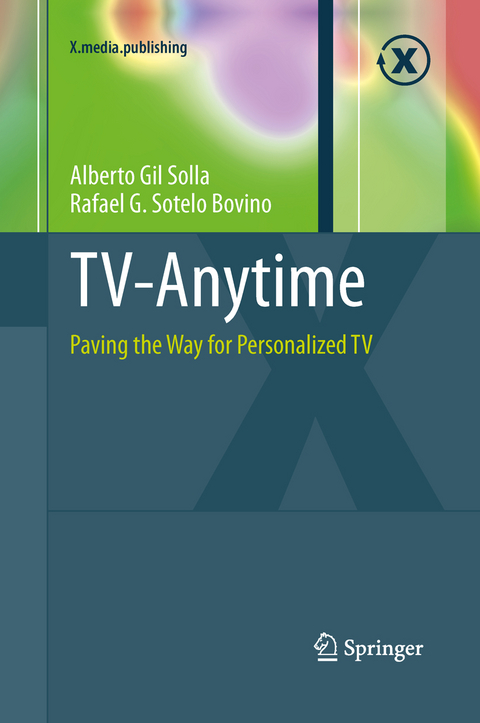
TV-Anytime
Springer Berlin (Verlag)
978-3-642-44468-5 (ISBN)
Television is a mature mass media with close to eight decades of regular broadcasts since its beginnings in Germany, the UK and the USA. Today, despite the spectacular growth of the Internet and social networks, television is still the leading medium for entertainment and information across the world, exerting an unparalleled influence on public opinion. Until recently television had undergone a rather slow evolution regarding the interaction with its users, yet this is beginning to change. The ongoing trend of digitalization has accelerated the process, and the computational capacity of televisions and set-top boxes has increased the possibilities of communication and implementation of services.
This book provides the first descriptive and structured presentation of the TV-Anytime norm, which will standardize information formats and communication protocols to create a framework for the development of novel and intelligent services in the audiovisual market. The standard, thedissemination of which has been entrusted to the European Telecommunications Standards Institute, ensures manufacturers and service providers that their products will be presented to the widest possible market, without fear of being constrained by the wars of interest typical for emerging technologies. The individual chapters provide detailed descriptions of the new standard's most important capabilities and contributions, including metadata management, customization and personalization processes, uni- and bidirectional data transfer, and remote receiver programming.
Overall, the authors deliver a solid introduction to the standard. To ensure a better understanding of concepts and tools, they present a wide range of simple examples illustrating many different usage scenarios that can be found when describing users, equipment and content. This presentation style mainly targets professionals in the television and broadcasting industry who are interested in acquainting themselves withthe standard and the possibilities it offers.Alberto Gil Solla is an associate professor at the University of Vigo, where he is part of the Group of Services of the Information Society and the Interactive Digital TV Laboratory. His research interests include the design and development of intelligent systems for personalization of the Internet, mobile and Digital TV applications, including automatic content recommendation systems.
Introduction.- Architecture and Components.- Content Reference IDentifier (CRID).- Metadata.- Targeting and Advertising.- Packaging.- Metadata Transport in Unidirectional Environments.- Metadata Provision Services in Bidirectional Environments.- Remote Terminal Programming.- Conclusions.
| Erscheint lt. Verlag | 14.7.2015 |
|---|---|
| Reihe/Serie | X.media.publishing |
| Zusatzinfo | XX, 199 p. |
| Verlagsort | Berlin |
| Sprache | englisch |
| Maße | 155 x 235 mm |
| Themenwelt | Mathematik / Informatik ► Informatik ► Betriebssysteme / Server |
| Informatik ► Software Entwicklung ► User Interfaces (HCI) | |
| Schlagworte | Audiovisual Data • Computer Graphics • Computer Science • Information storage and retrieval • Interactive Television • Metadata • personalization • Personalized Audiovisual Services • Special purpose and application-based systems • Television Programming • user interfaces and human computer interaction |
| ISBN-10 | 3-642-44468-7 / 3642444687 |
| ISBN-13 | 978-3-642-44468-5 / 9783642444685 |
| Zustand | Neuware |
| Haben Sie eine Frage zum Produkt? |
aus dem Bereich


